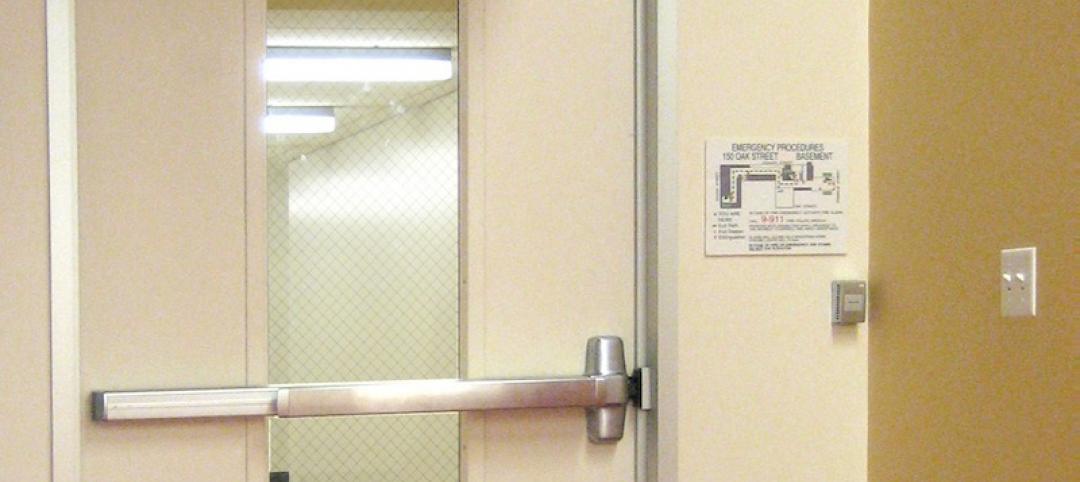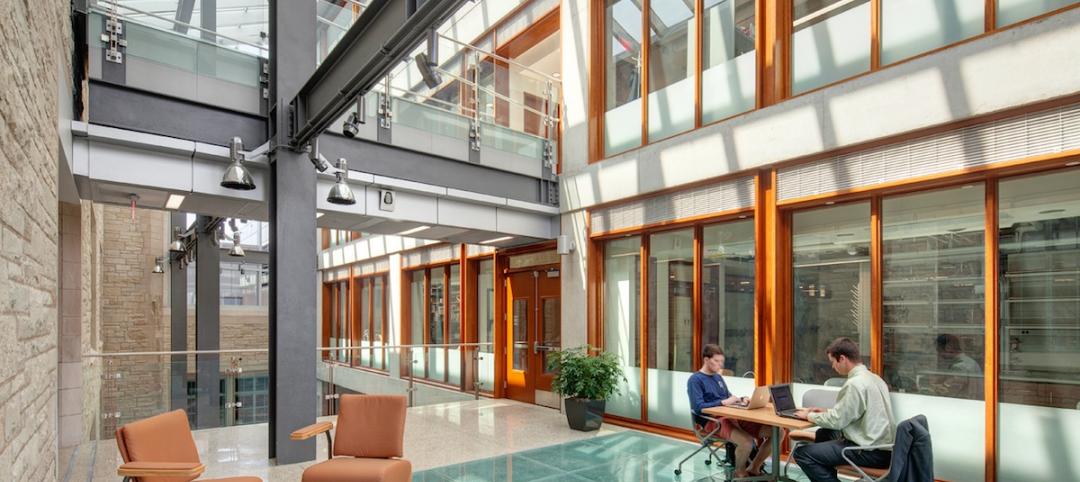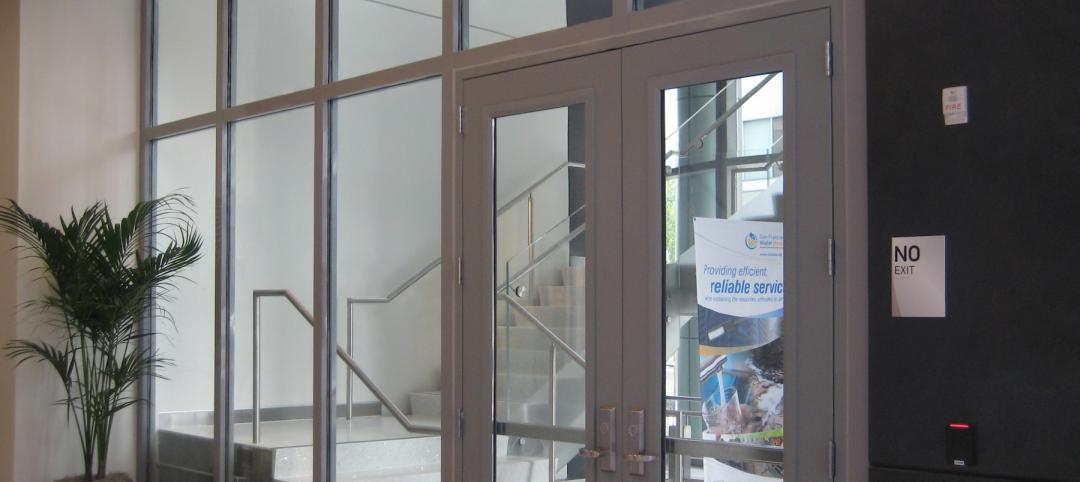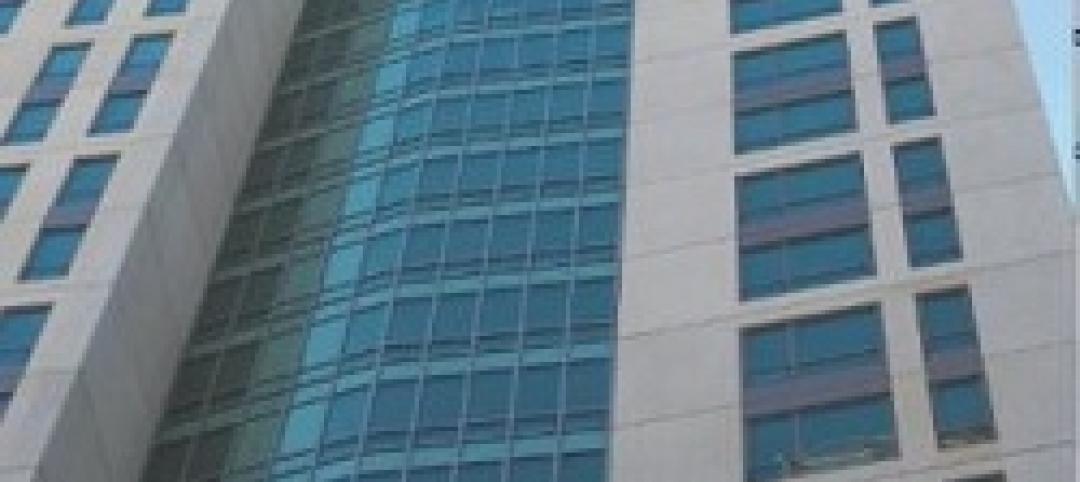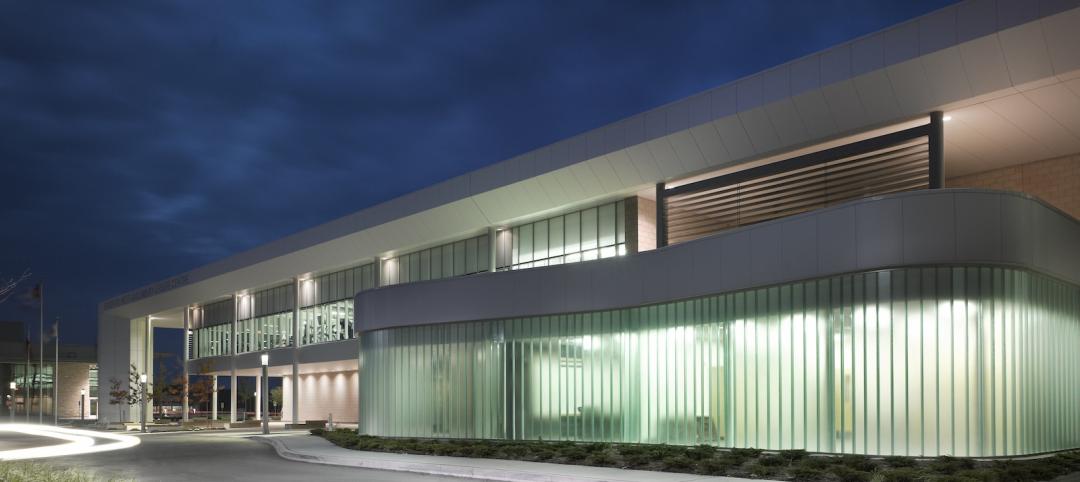Schaumburg, Ill. -- As tornado season escalates and increased tornado activity has devastated parts of the Midwest and the South during the past few weeks, the American Architectural Manufacturers Association (AAMA) has released a voluntary specification for testing and rating building components that will be exposed to tornados and similar extreme wind and rain conditions.
AAMA 512-11, Voluntary Specifications for Tornado Hazard Mitigating Fenestration Products, uses existing test methods and other procedures to qualify windows and other glazed fenestration products for tornado hazard mitigation. The newly released document provides a system for rating the ability of windows to withstand impact, pressure cycling and water penetration, which are generally associated with tornado conditions.
AAMA 512 is a voluntary specification that was developed by the AAMA Tornado Hazard Mitigation Task Group and is recommended for buildings heavily affected by tornados.
“The National Climatic Data Center estimates that a series of tornados in the Southeast and Ohio Valley in February 2008 caused $1 billion in damages,” says Gantt Miller (Winco Manufacturing) who chaired the Task Group that created the Specification. “In creating this specification, the intent is that injury, loss of life and damages resulting from tornados and severe weather can be prevented or greatly lessened.”
The specification outlines that different levels of protection apply to different buildings such as, but not limited to, hospital emergency rooms, community shelters, and police/fire headquarters. These levels of protection are specified based on requirements of the authority having jurisdiction, and each level corresponds to different testing requirements. The level of testing required for each of these types of facilities also depends on the FEMA performance zone where the building is located, as the weather conditions and likelihood of a tornado varies depending on the part of the country.
The Testing and Performance Requirements section of the specification outlines the necessary test conditions for adhering to AAMA 512. According to the specification, test specimens should be tested for anchorage, missile impact, water testing and cycling (for windows used in hurricane-prone zones only).
AAMA 512-11, Voluntary Specifications for Tornado Hazard Mitigating Fenestration Products is available to AAMA members at a cost of $15 for download, $30 for a paper copy and $35 for a CD. Non-members may purchase the document at a cost of $45 for download, $90 for a paper copy and $96 for a CD. To order AAMA 512-11, visit the AAMA Online Publication Store. AAMA 512-11 is also available to AAMA Category 1 members through the Publication Licensing Program.
Related Stories
| May 5, 2014
Tragic wired glass injury makes headlines yet again
In the story, a high school student pushed open a hallway door glazed with wired glass. His arm not only broke the glass, but penetrated it, causing severe injuries. SPONSORED CONTENT
Sponsored | | May 3, 2014
Fire-rated glass floor system captures light in science and engineering infill
In implementing Northwestern University’s Engineering Life Sciences infill design, Flad Architects faced the challenge of ensuring adequate, balanced light given the adjacent, existing building wings. To allow for light penetration from the fifth floor to the ground floor, the design team desired a large, central atrium. One potential setback with drawing light through the atrium was meeting fire and life safety codes.
| Apr 25, 2014
Recent NFPA 80 updates clarify fire rated applications
Code confusion has led to misapplications of fire rated glass and framing, which can have dangerous and/or expensive results. Two recent NFPA 80 revisions help clarify the confusion. SPONSORED CONTENT
Sponsored | | Apr 23, 2014
Ridgewood High satisfies privacy, daylight and code requirements with fire rated glass
For a recent renovation of a stairwell and exit corridors at Ridgewood High School in Norridge, Ill., the design team specified SuperLite II-XL 60 in GPX Framing for its optical clarity, storefront-like appearance, and high STC ratings.
| Apr 8, 2014
Fire resistive curtain wall helps The Kensington meet property line requirements
The majority of fire rated glazing applications occur inside a building to allow occupants to exit the building safely or provide an area of refuge during a fire. But what happens when the threat of fire comes from the outside? This was the case for The Kensington, a mixed-use residential building in Boston.
| Apr 2, 2014
8 tips for avoiding thermal bridges in window applications
Aligning thermal breaks and applying air barriers are among the top design and installation tricks recommended by building enclosure experts.
Sponsored | | Mar 30, 2014
Ontario Leisure Centre stays ahead of the curve with channel glass
The new Bradford West Gwillimbury Leisure Centre features a 1,400-sf serpentine channel glass wall that delivers dramatic visual appeal for its residents.
| Mar 13, 2014
Austria's tallest tower shimmers with striking 'folded façade' [slideshow]
The 58-story DC Tower 1 is the first of two high-rises designed by Dominique Perrault Architecture for Vienna's skyline.
| Mar 7, 2014
Thom Mayne's high-tech Emerson College LA campus opens in Hollywood [slideshow]
The $85 million, 10-story vertical campus takes the shape of a massive, shimmering aircraft hangar, housing a sculptural, glass-and-aluminum base building.
| Feb 27, 2014
12 facts about heat-treated glass: Why stronger isn’t always better
Glass is heat-treated for two reasons: the first is to increase its strength to resist external stresses such as wind and snow loads, or thermal loads caused by the sun’s energy. The second is to temper glass so that it meets safety glazing requirements defined by applicable codes or federal standards.


